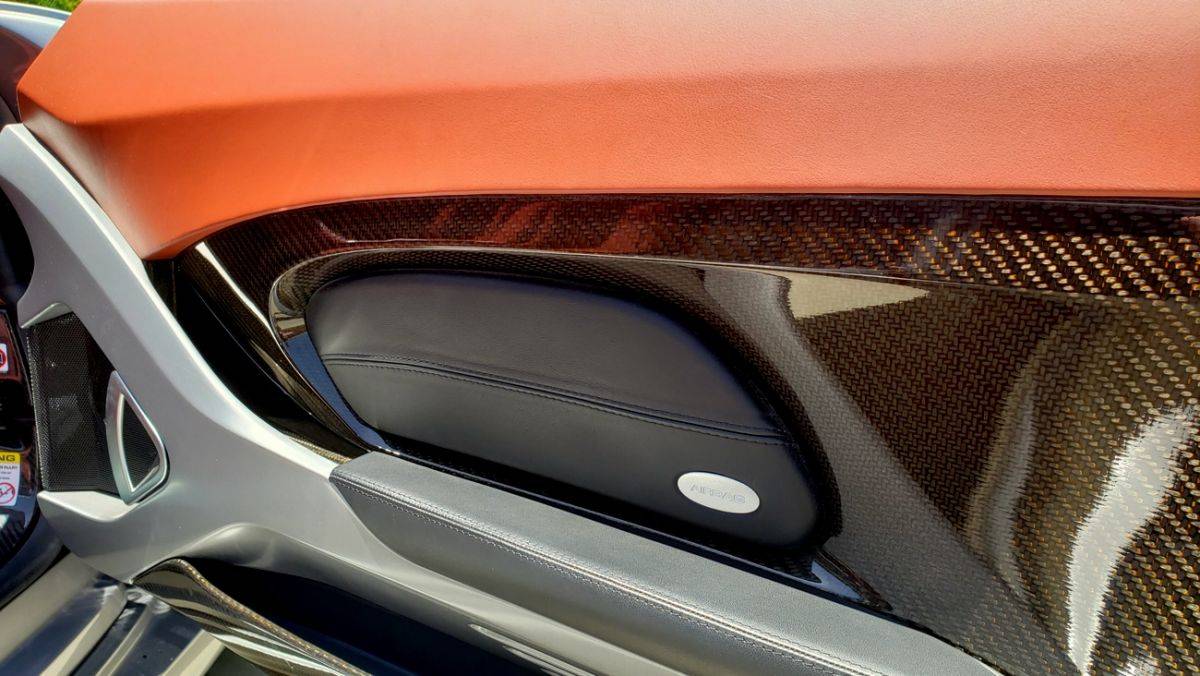Before reading on, you should know that I own a 996 Turbo. And I love it. That means that I am not only emotionally but financially vested in proving that the 996 variant of the 911 is a good car. It also means that I have a huge chip on my shoulder. And in turn that means that this piece will have as much journalistic integrity as a Korean State Media op-ed on Kim Jong Un’s next birthday party (spoiler: he’s getting a pony!). However, I do hope that you can see through the thick and slightly foul fog of Porsche Fanboy musk that taints this article, to find some interesting connections between the 996 variants of the 911 (and particularly the Turbo), and some of the most heralded, revered, and venerated Porsches of all time. In particular we’ll be looking at the 959, Carrera GT, and the street version of the Le Mans winning 911 GT1. If you like those cars, and perhaps unbeknownst to you, you also like at least a little bit of the 996. Or not, that's fine too.

The epic 911 GT1 of the late '90s previewed the overall design language and several specific details that would become the fifth generation 911 (996) and new entry level Boxster (986). While these design elements were largely met with approval on the Le Mans car, many of those same elements became points of contention with the design of the newest Porsches. It’s worth a quick side note here to mention that a criticism often levied against the 996 is that it was a parts bin car. This ignores the reality that Porsche has used a parts bin approach since the 356. It’s just that in the case of 996 it also shared parts with a lesser model. I think that ultimately this direct association with a lesser model (Boxster) was a significant factor in the resistance to the 996 styling.
You may recall that in the mid 1990s Porsche designed a car for sports car racing dubbed the GT1. The first version took visual cues from the outgoing 993/911, while the second (Evo) and third (GT1-98) versions came just as the fifth gen 911 was being released. The race cars previewed the new styling for the road cars. The Evo, and even more so the GT1-98 versions of the GT1 had great success on the track, including a Le Mans win by the GT1-98. The cars were qualified to race through the homologation of a very limited number of road cars, called the GT1 Strassenversion (shown above).
When comparing this halo car to its more plebeian stablemates, the headlights are an obvious starting point because, egad, they weren't round! While the details of the headlights changed from the GT1 to the 911, and then underwent further changes through the 996 life cycle, the lights’ overall design was lifted directly from the GT1. More particularly, the iconic round lamp was now incorporated into an asymmetrical housing that integrated high, low, fog and turning lamps. The interesting thing to note is that the headlights were not met with foot stamping and hair pulling when the GT1-98 pulled into victory lane at Le Mans in 1998, but when 911 and Boxster hit the streets a year later... oh boy.


The taillights are another shared element. Under the aerodynamic bodywork of the GT1 you see what looks like a 996 rear end in a box.




Other shared design elements include the door handles (both interior and exterior), the gear shift, and the intercooler inlets (on the Turbo 996). Of note, you can clearly see that much of the dashboard was borrowed straight from the 993, including the gauges, and switch gear.




Taking a step back from the details, we see that the Strassenversion heralded other broader design language of the 996. This includes the overall profile, the sweep of the trailing edge of the door, the large overhangs, and more raked windscreen. Of course the wick on the GT1 has been dialed up on all of these elements, but the similarities are unmistakable.

While the M96 engine fitted to the Carrerra models is a touchy subject (check out the dumpster fire in the comment section of this article), I don’t think I’m going to get my head digitally ripped off by saying that the engines in the 996 Turbo, GT2, and GT3 cars were better, and all derived from a similar design to that found in the GT1 race cars. Often referred to as the “Mezger” engine, the versions found in the 996s weren’t directly designed by Hans Mezger (he’d retired), and even then they are more accurately described as “based” on one of his designs which was one of numerous engines he’d developed. Nevertheless, when you say its a Mezger, the variants in the 996/7.1 Turbo and GT cars are what people think of. Interesting fact, if you look at the case stamping on the block of the 996 Turbo motor it carries a “964” prefix.
Like the GT1 motor, the 996 Turbo has a twin turbo charged, true dry sump design. It borrows heads from the 959 supercar (more below), and has water cooling (audible gasp). I wonder if the air cooled fanboys would kick a 959 out of their garage because it has water cooled heads? The unique block design is differentiated from lesser M96/7 engines found in Carrera models with a different intermediate shaft (IMS) design that has not experienced real or imagined failures at near the same rate (I suppose it’s possible that the IMS has failed in a Mezger, it’s just not a “thing”). The engine starred in normally aspirated form in the 996 and 997 GT3, and after some time in the gym it puffed up to its final and beefiest self in 4 liter displacement in the 997 GT3 RS 4.0, which is an engine some consider to be Porsche’s best. While the engine design is probably the only mechanical thing the 996 Turbo and GT cars share with the race bred GT1, that’s not an insignificant relationship.
A car that is often considered to be at the top of the heap of all cars ever made is the Porsche Carrera GT. While mechanically it shares nothing with the 996 that I am aware of, there are a few styling cues that the later-in-time Carrera GT borrowed from the 996. Let that sink in for a moment. First, the headlights aren’t the same, but they also aren’t round, a common criticism of the 996, and could be said to be an evolution of what the GT1 started. Next, when you peek in the interior there are some unmistakable carry over items. In this case, they carried over from the 996 to the Carrera GT. Keep in mind the Carrera GT was a no cost spared attempt to build the best car in the world at the time. People seemed to unflinchingly accept the Carrera GT design as brilliant, unwittingly complementing elements they had trashed in a Rennlist 996 forum just a few moments before. Let’s compare some photos:
Carrera GT Interior Details:




996 Interior Details:




Another legend of the World of Porsche is the 959 Supercar of the late 1980s. As noted above, the 996 Turbo, GT2 and GT3 models carried over a similar water cooled head design from this famed model. While Porschephiles were paying ever escalating prices for the 959, which today approach $1 million per, they were shitting all over the 996 because it was water cooled. Nice.

What’s the point of all this, you say? Let’s be honest, it’s mostly me making myself feel better for buying a car that takes some serious flak in online forums. But I do think some of the criticism of the 996 is not only unfair and inconsistent, but also instructive of how controversial subjects are viewed in our society right now. Within Porsche, there are cars that are considered to be evolutionary (think 996 to 997) and cars that are thought of as all new designs (think 993 to 996), but the reality is that things are much more nuanced than that. It seems that today our culture is driven farther into ever widening divides. The common ground is lost. This sort of monochromatic thinking leaves no room for the existence and debate of the subtle shades that make up our reality.
The 996 was both a new model and one which can trace its mechanical and design language to some of Porsche’s greatest hits. The temptation is to paint with broad strokes: The 996 is bad, the 997 is good. That may be because it’s too hard, or time consuming, or boring to parse that out. The M96 in the Carrera is flawed but has a solid remedy, and the Turbo motors are really strong. The headlights with the yellow turn signals were a misfire but the facelift with clear lenses was an improvement, and getting better with age. These are opinions that require more thought, effort, and time to articulate, and they don’t translate easily to Twitter or Instagram. But ultimately, the effort is worth it.











